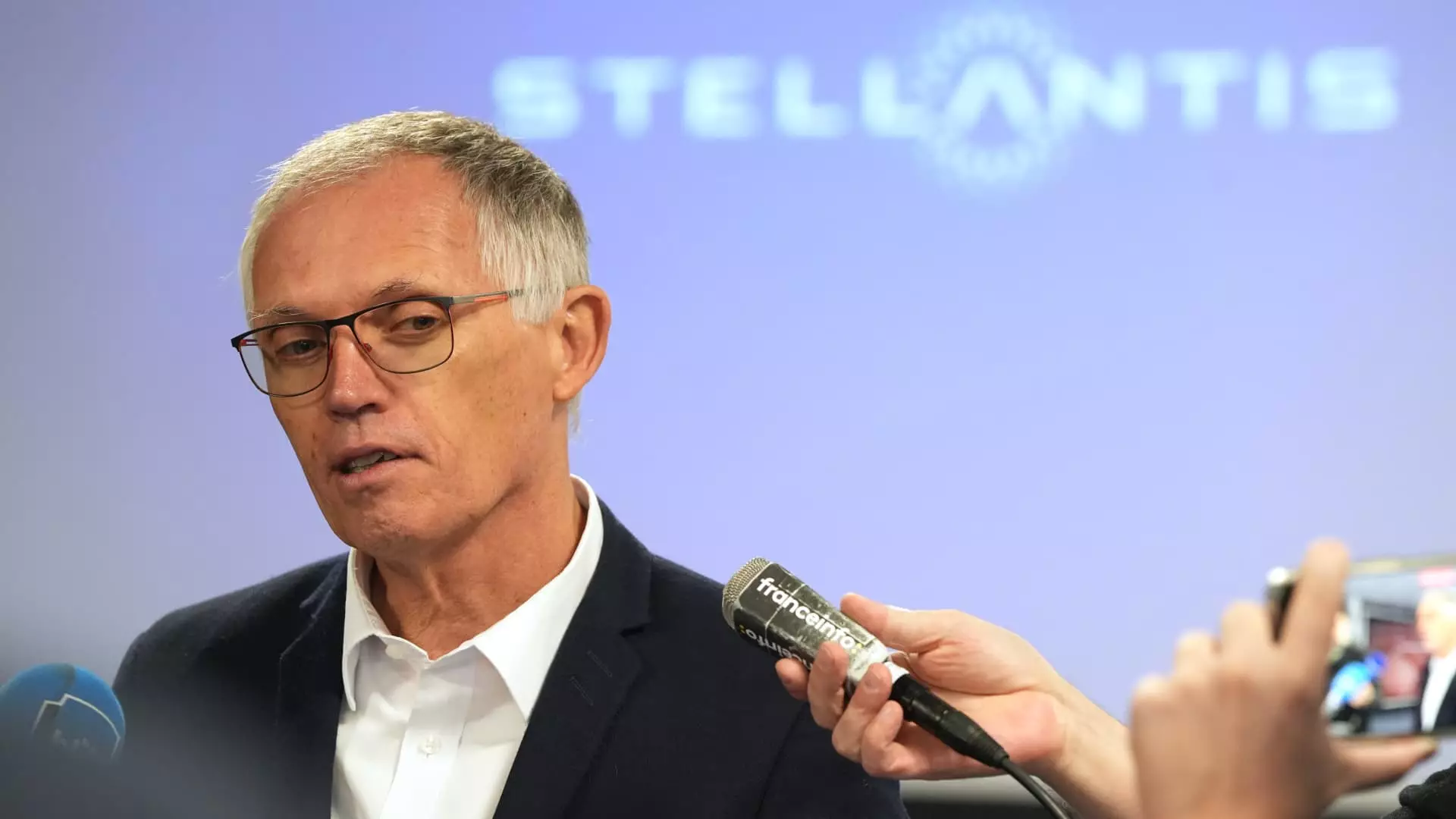The ongoing legal feud between Stellantis, the multinational automotive manufacturer, and the United Auto Workers (UAW) has intensified, marking a significant moment in the landscape of labor relations in the United States. With a backdrop of economic uncertainty, shifting market conditions, and ongoing changes in labor laws, this confrontation encapsulates a larger struggle for workers’ rights and corporate accountability. The lawsuit, as revealed through recent reports, addresses fundamental issues regarding contractual obligations and management tactics, while highlighting the deepening divide between labor and corporate interests.
Stellantis filed its lawsuit in U.S. District Court in California, targeting both the UAW and a local chapter involved in a strike authorization vote at the Los Angeles Parts Distribution Center. The company contends that actions undertaken by the union could lead to significant revenue loss stemming from production disruptions. This legal move sought to hold both the national and local levels of the union accountable for what Stellantis characterized as unlawful behavior. The tension exploded into public view when a large majority of UAW members at the distribution center willingly sought a strike authorization, illustrating the collective frustration regarding Stellantis’ compliance with previously agreed-upon contractual obligations.
In light of these developments, UAW President Shawn Fain defended the union’s position, vehemently criticizing the lawsuit and defending the organization’s right to strike. He portrayed Stellantis’ reaction as a sign of desperation, emphasizing that the union would not be easily intimidated by perceived legal threats. This public sparring encapsulates a broader historical context where labor unions have historically fought against corporate maneuvers that threaten job security and worker rights.
At the crux of this legal battle lies a conflict concerning the interpretation of existing contracts. The UAW has accused Stellantis of reneging on commitments outlined in a recent agreement, particularly highlighting cutbacks in production and delayed investments that were considered essential for job security and operational stability. The union argues that the grievances stem from a failure to honor contractual obligations, leading to calls for strikes as a last resort if negotiations fail to yield satisfactory results.
Conversely, Stellantis maintains its stance that the flexibility to adjust production levels and investment plans is covered under specific terms of the contract. The reference to “Letter 311,” which details conditional investments based on various market factors, indicates the company’s assertion that they are operating within legally permissible boundaries. This contrasting interpretation of the contract not only highlights the complexities of labor agreements but also underscores the precarious balance labor unions must strike in advocating for their workers while navigating the realities of corporate policies.
The implications of this lawsuit extend far beyond Stellantis and the UAW, touching on broader questions about labor relations in the modern economy. In an era marked by unpredictable market dynamics and increasingly aggressive corporate tactics, unions are faced with the challenge of advocating for workers’ rights amid corporate pushback. The Stellantis-UAW confrontation serves as a catalyst for discussions centering on employee protections, the balance of power in labor negotiations, and the potential for strikes to reshape the landscape of labor relations yet again.
Moreover, National labor movements historically serve as microcosms of larger societal issues. The tensions between Stellantis and the UAW reflect ongoing debates about labor rights in America. Diminished manufacturing jobs and public sentiment towards traditional labor organizations are also at stake, with implications for how future contracts will be negotiated and adhered to in the auto industry and beyond.
As this legal confrontation plays out, the ramifications for Stellantis, the UAW, and the automotive industry as a whole will remain to be seen. Both parties find themselves at a crossroads, where the outcomes of this battle could redefine not only relationships between labor and management but also set precedents for future labor negotiations across the sector. The stakes are exceptionally high, and every legal maneuver could resonate far beyond the confines of the courtroom, influencing labor relations and corporate strategies in the dynamic landscape of modern American industry.

